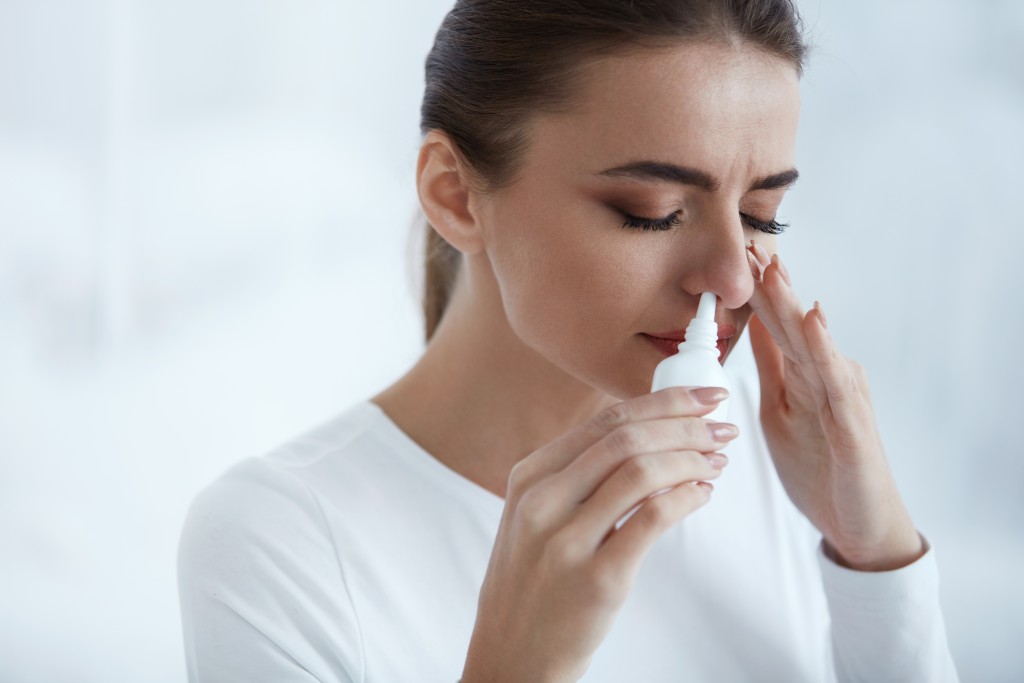Can you imagine a home with excellent indoor air quality and without any allergens? It sounds impossible to achieve, considering the millions of dust particles, pollen, and mold floating in the air. You will often wonder if your cleaning efforts are enough to remove them.
If you want to control your indoor air quality and prevent nasal allergy attacks, you can take a few simple steps for everyone to breathe better at home.
Proper Ventilation
Your first line of defense against allergens is to keep your home well-ventilated with clean air. If you can, use high-efficiency particulate air (HEPA) filters for your air-conditioning system. Residents contact an air duct cleaning company to ensure that your ductwork is not leaking.
Mold grows in dark, moist places, and dust can become airborne quickly. Use dehumidifiers in bathrooms and kitchens if you can for larger-capacity units with washable filters and quiet operation. More so, keep your windows closed if it’s pollen seasons or during windy conditions.
Clean Up and Declutter
Keeping your home clean means there are lesser areas for allergens to build up. Likewise, it will also make cleaning more manageable and more regular for your family. Get rid of old clothes, newspapers, magazines, and rags. Ideally, limit accessories and other dust-catchers that you don’t use anymore. Focus on cleaning and decluttering bedrooms because you and allergens often stay here most of the time.
Fix Your Bathrooms
Always keep your bathrooms clean and dry. It is where molds grow sporadically. Inspect pipes for leaks and fix them soon as you can. Clean the walls and floors regularly using a non-toxic cleaner. Route bathroom ventilation fans outdoors and leave them on for a few more minutes after using the bathroom. Scrub off mold that is growing on your bathroom pipes and fixtures.
Trade Off Dust Generators
Curtains and carpeting are cozy areas for allergens. You may want them in your bedroom, but if you have allergies, your best bets are washable throws, linoleum, wood, or tiled flooring. Mop up your floors regularly using damp-mop and always clean walls and surfaces where dust can build up. If you have carpeted floors, be sure to vacuum with HEPA filters periodically.
Choose Your Plants Wisely

Plants are great air purifiers, but it is best to choose your plants wisely. Thus, avoid allergenic trees in your yard. Some of these include birch, ash, and maple. You can opt for double-flowered cherry trees, dogwood, and magnolia. Other varieties of maple and ash trees are also low-allergy. Additionally, limit bringing plants indoors during winter and don’t overwater them. Some low-allergy floral plants are impatiens, viola, and hosta.
Get Rid of Animal Dander
Do you have pets? Animal dander from your pets or rodents can stay in the air longer because they are lighter than other allergens. You can use mechanical air-filter machines to eliminate them with a HEPA filter effectively. Try to find a reliable provider of these devices to ensure that they work as they should.
Allergies are better managed and prevented than they are treated. Everyone in the family can suffer from a nasal allergy attack due to dust, pollen, and mold build up around the home. Regular cleaning, ensuring your ductwork does not leak, and taking a few special steps such as getting humidifiers and HEPA filters will significantly improve your indoor air quality. Breathe better at home by controlling these allergens and by purifying the air inside your home.

